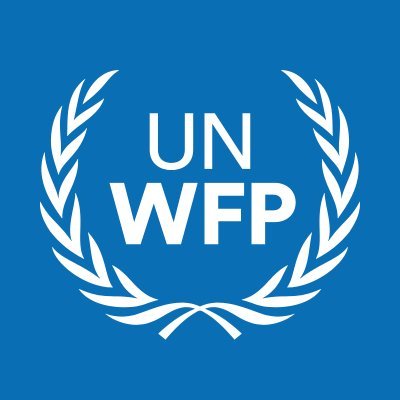BAMAKO – As violence, population displacements and climate shocks continue to exacerbate food insecurity and malnutrition in Mali, the United Nations World Food Programme (WFP) requires urgent funding to ramp up emergency food and nutritional assistance to 3.8 million women, men and children in conflict-affected regions in central, northern, and south-eastern Mali.
WFP’s augmented response will target hard-to-reach areas like Menaka, where the number of people forced to flee their homes continues to rise – with hunger reaching catastrophic levels due to the combined effects of climate extremes and inter-communal violence.
“Food insecurity has already reached alarming levels in Menaka. We need to act now before it’s too late to avert a full-blown famine by ensuring that vulnerable people receive rapid and effective assistance. The consequences of inaction are unthinkable,” said Eric Perdison, WFP Representative and Country Director in Mali.
The culmination of insecurity, climate shocks, and high food prices continue to drive acute hunger and malnutrition in Mali, with the number of people facing irregular access to nutritious food projected to increase to 1.2 million during the June-September lean season, according to the March 2023 Cadre Harmonisé food security analysis. For the first time since the Cadre Harmonisé was launched in 2014, over 2,500 people in the Menaka region are projected to experience catastrophic levels of hunger (CH phase 5) during the lean season – just one step away from famine.
The spread of insecurity into the previously secure southern and western regions of Mali is also negatively impacting agriculture, fishing, and livestock production and significantly reducing families’ capacity to access food. The latest market analysis of February 2023 indicated that food prices have increased drastically for millet (up 55%), sorghum (up 27%), corn (up 43%), imported rice (up 26%), and local rice (up 28%), compared to the five-year averages. These increases are exacerbating access to food for the poorest families.
Overall, in 2023, WFP plans to provide emergency food and nutrition assistance to 3.8 million people in Mali including 650,000 during the pre-lean season (March to May) and 1.2 million food insecure people during the June-September lean season. In collaboration with the Malian Food Security Commission, WFP is currently distributing cash-based assistance to support 487,500 members of the host community and 162,500 internally displaced people allowing them to purchase foods of their choice from local markets. In addition to this vital emergency food assistance, WFP will continue implementing malnutrition prevention and treatment programmes benefitting 450,000 children (aged 6-59 months), 22,000 pregnant and breastfeeding women and girls, and 48,000 parents with hospitalized children diagnosed with severe acute malnutrition. But without adequate funding, WFP’s response will be drastically reduced.
To continue providing food and nutrition assistance to vulnerable people in Mali, WFP urgently requires US$ 110 million over the next six months. Funding constraints have already forced WFP to reduce food rations by 50 percent for host communities in April and May. Without adequate funding, WFP will be forced to put in place even deeper cuts starting in June.


Comments are closed.